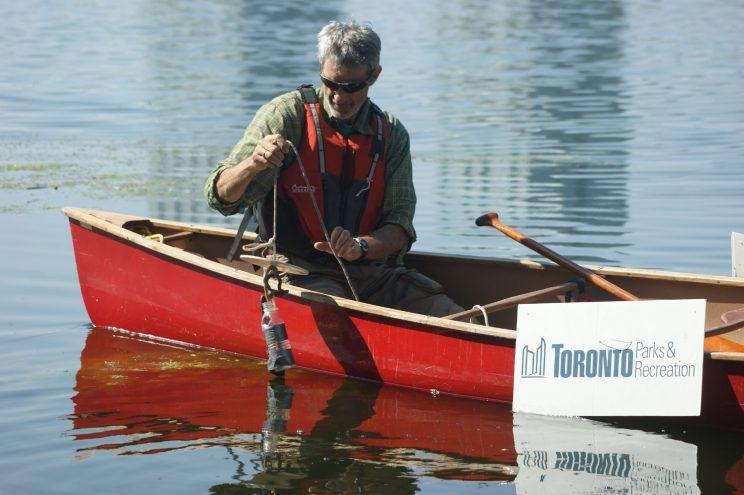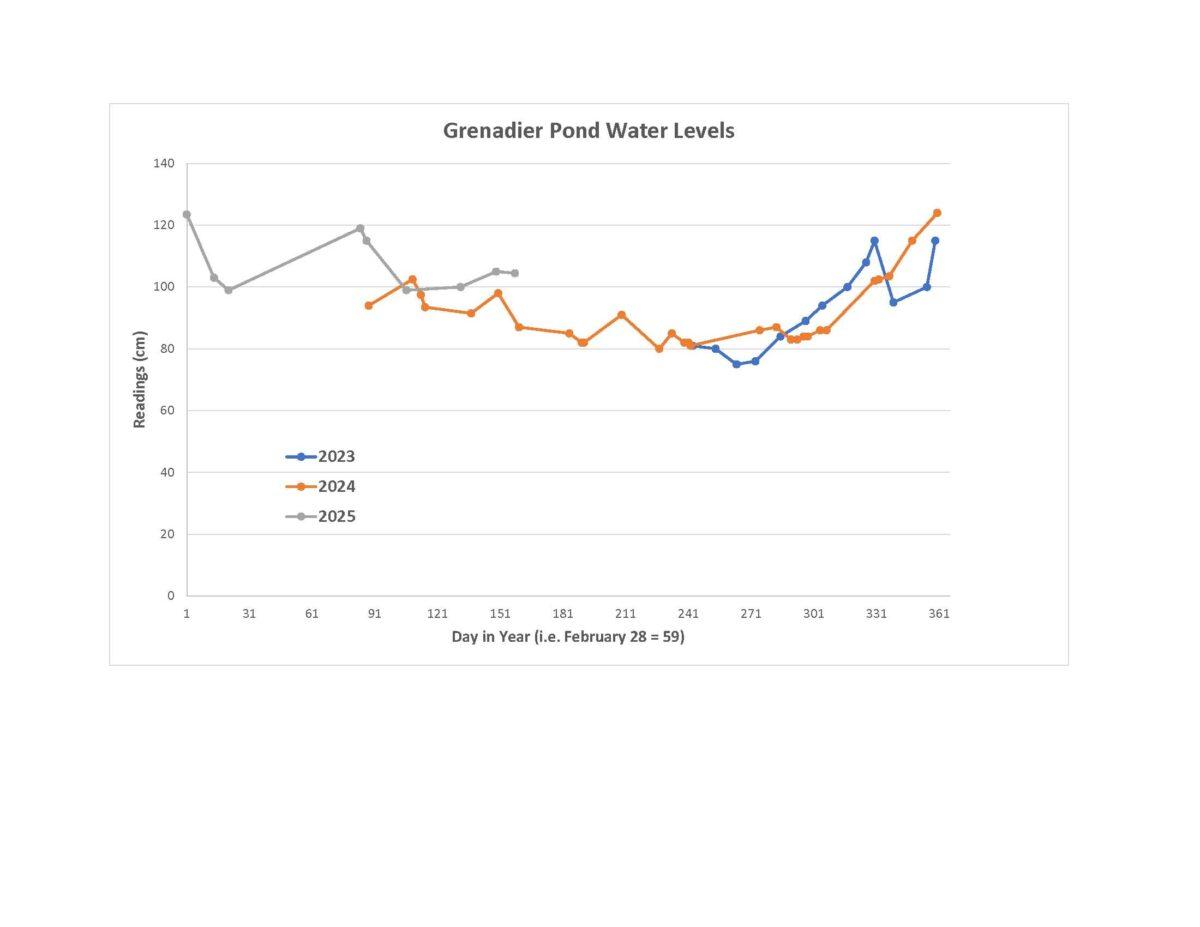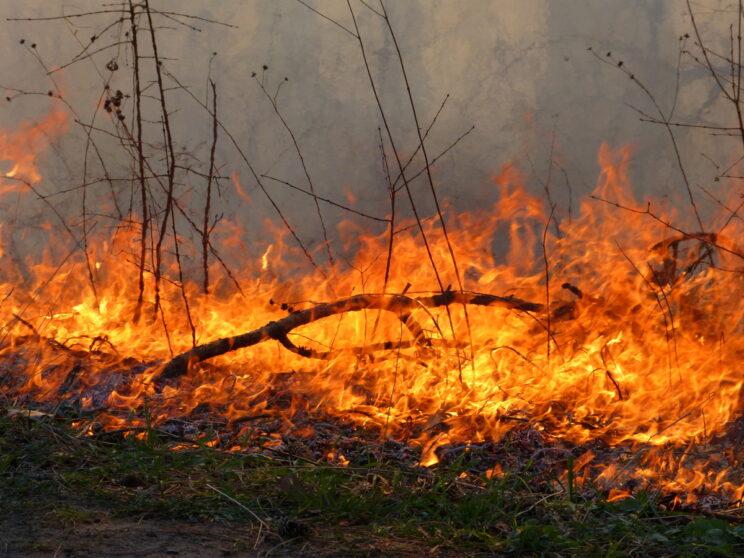by High Park Nature
Since 2002, volunteers have been regularly monitoring the water quality of Grenadier Pond through the Lake Partner Program.
Improving the Water Quality of Grenadier Pond
Grenadier Pond is a eutrophic body water, meaning that it is rich in nutrients such as phosphorus and nitrogen. Unfortunately, nutrient-rich waters produce algae blooms and have poor water clarity. Grenadier Pond benefits from extensive historic study, giving us a good picture of how the water quality has changed since the mid-1980s.
Sampling in 1986 and over 1992-1994 demonstrated consistently high phosphorus levels (along with other pollutants). This led to the creation of the City’s restoration program. Improving water quality was one of the priorities and we can see positive changes since the program began compared to studies done in the 1990s (see chart below).
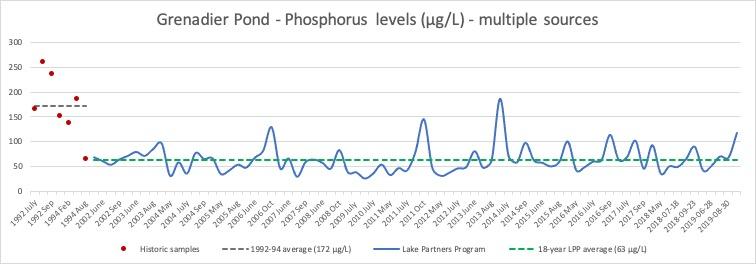
Testing Grenadier Pond's Water Quality
The Lake Partner Program is a province-wide, volunteer-based, water-quality monitoring program operated in partnership with the Ontario Ministry of Environment Conservation and Parks. Volunteers collect total phosphorus samples and make monthly water clarity observations on their lakes. This information will allow the early detection of changes in the nutrient status and/or the water clarity of the lake due to the impacts of shoreline development, climate change and other stresses.
Phosphorus levels are measured by taking water samples to submit to the Ministry of Natural Resources for testing. Water clarity is measured by lowering a Secchi disk into the water and measuring how far down it goes before it is no longer visible.
Results
Results are posted on the Water Quality in Local Lakes website. Search for location "Grenadier Pond".
To learn more about the Lake Partner Program, visit the Federation of Ontario Cottage Owners' website or download FOCA’s Lake Partner Program report (PDF, 43 pages).
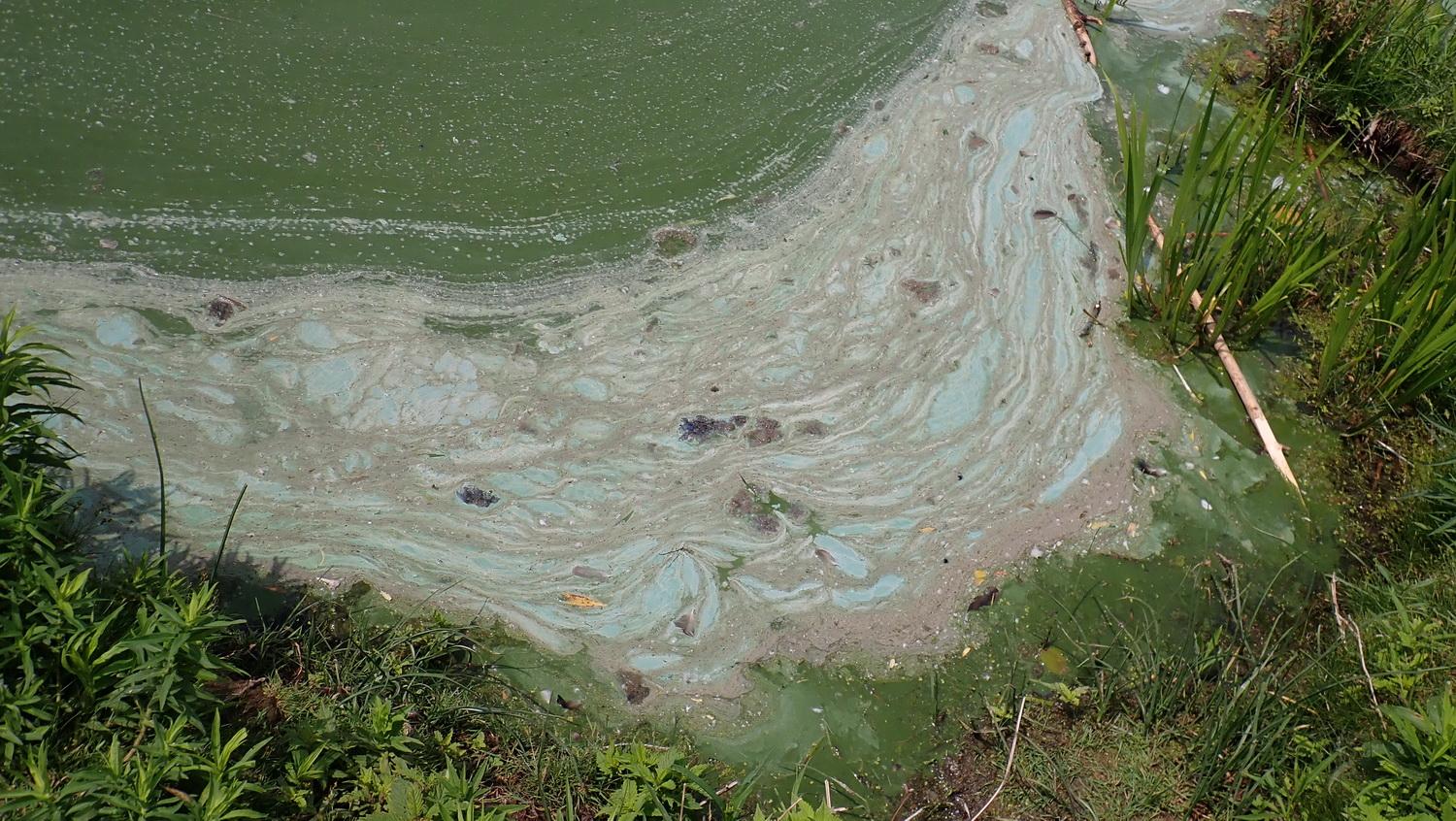
Blue-Green Algae
Blue-green algae can rapidly increase to form a large mass or "bloom" when conditions are favourable. If you spot blue-green algal blooms, call the:
Spills Action Centre
1-866-MOETIPS (6638477)
TTY: 1-855-889-5775
Monitoring Water Level of Grenadier Pond
The water level of Grenadier Pond is monitored regularly using a metre stick attached to the south side of the pier.
Sources
See also
- Grenadier Pond (and other ponds) in High Park
- Restoring High Park's Aquatic Systems
- Lake Partner Program
- Gartner Lee Report, 1995
- The Comparative Limnology of Grenadier and Catfish (West) Ponds, High Park, Toronto, Ontario, Zimmerman et al, 1986 (pdf, 12Mb)
- Ponds and Eutrophication
- Cyanobacterial Algal Bloom Factsheet
- The Impacts of Salt Overuse on Natural Environments in Toronto
- The View from Here (blog post)

